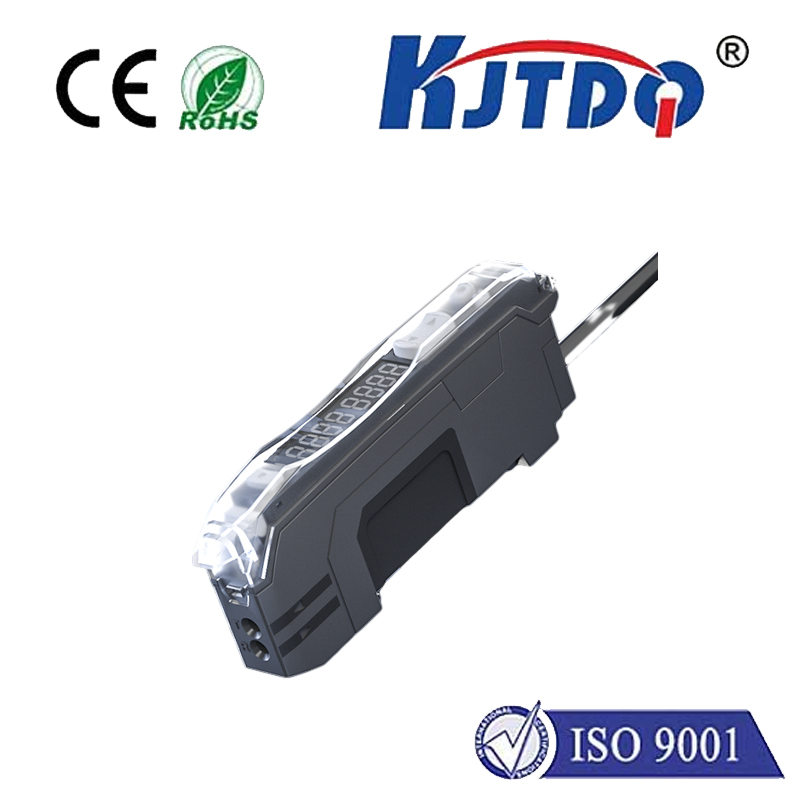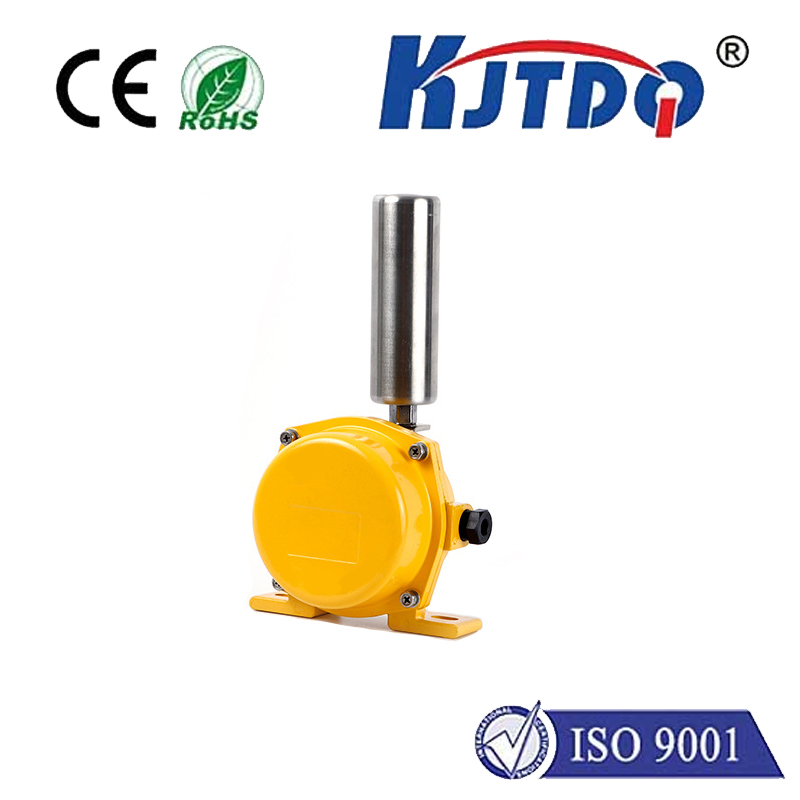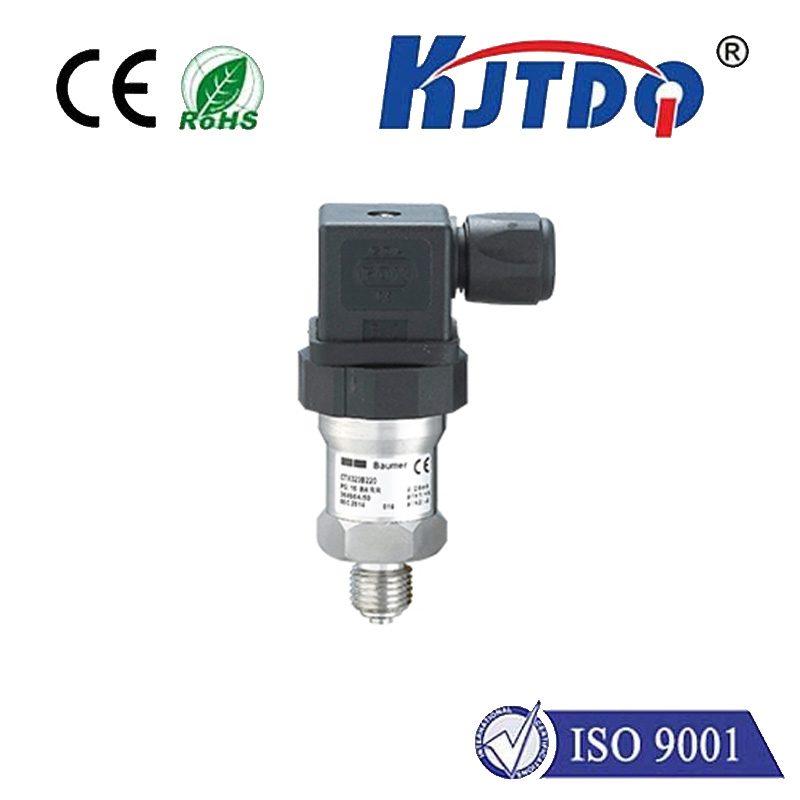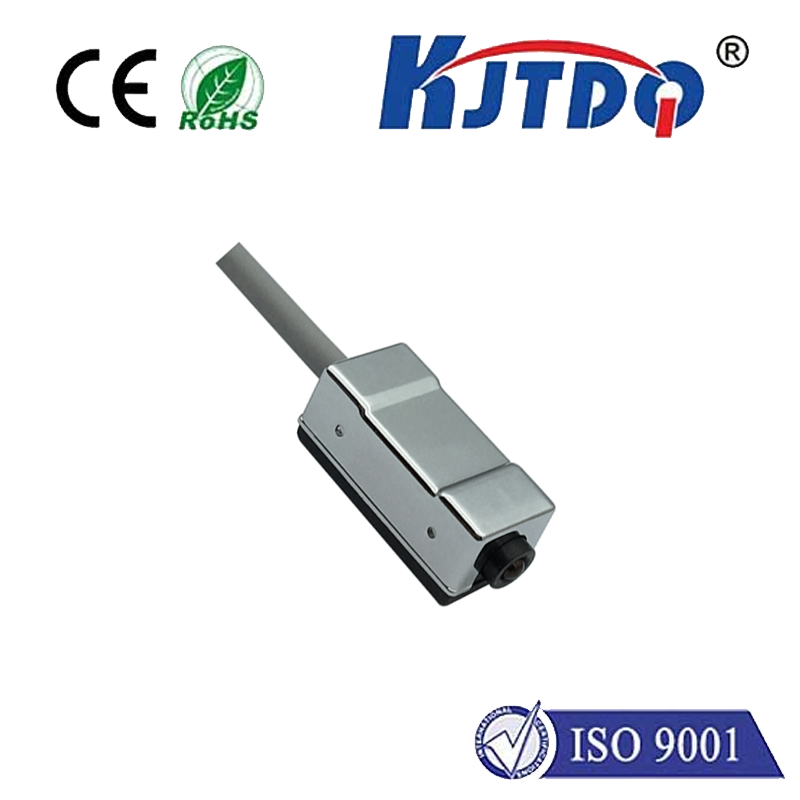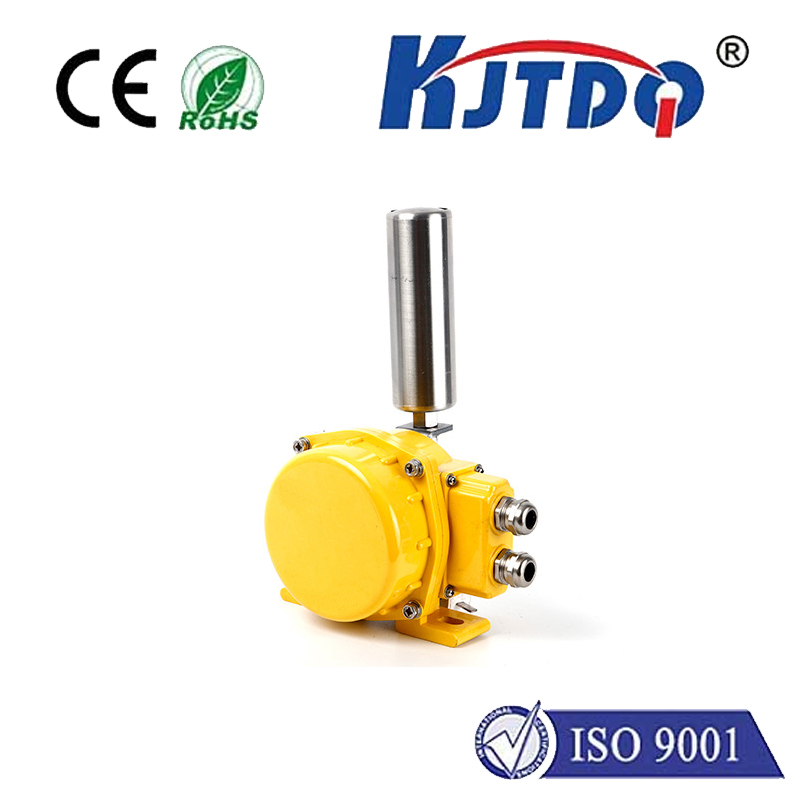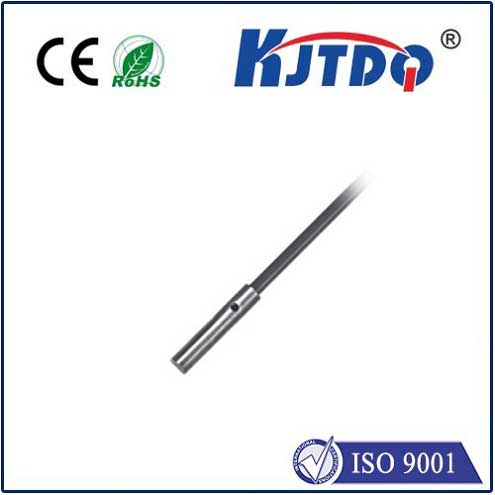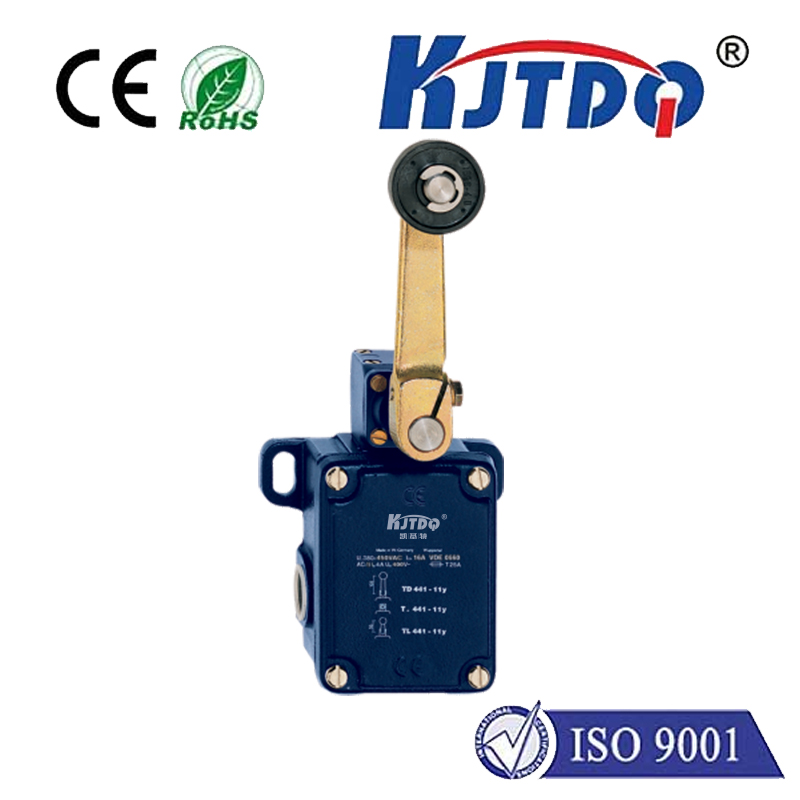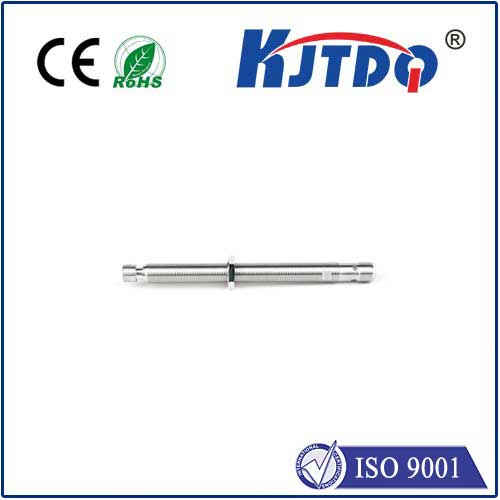
check

check

check

check
Title: The Future of Security: The Rise of Laser PIR Sensors
Section 1: Introduction to Laser PIR Sensors
In recent years, the security industry has witnessed a significant transformation with the introduction of advanced technologies. One such technology that has gained widespread popularity is the Laser Induced Phosphorescence (LIP) sensor, commonly known as the laser PIR sensor. This innovative sensor uses high-energy laser light to detect motion and can accurately distinguish between humans and objects. In this article, we will explore the concept of laser PIR sensors, their applications, and their potential impact on the security industry.
Section 2: How Do Laser PIR Sensors Work?
A laser PIR sensor works by emitting a continuous beam of infrared light into the air around its detection area. When an object enters the path of this light, it absorbs some of the energy and heats up. This causes changes in the temperature distribution within the object, which are detected by the sensor's photodiode. The sensor then compares these changes to determine whether there has been any motion. By doing so, it can effectively differentiate between human movement and non-human objects, such as vehicles or animals.

Section 3: Applications of Laser PIR Sensors
Laser PIR sensors have numerous applications in various industries, including security, surveillance, and automotive. In terms of security, these sensors are widely used to monitor public spaces, access control systems, and perimeter protection. They provide an efficient and reliable way to detect intruders and can be programmed to trigger an alarm or send a notification to security personnel when triggered.
For surveillance purposes, laser PIR sensors can be mounted on cameras or drones to capture real-time video footage. They can also be integrated with other surveillance technologies, such as facial recognition software, to further enhance their capabilities. Moreover, in the automotive industry, laser PIR sensors are used to detect pedestrians and cyclists at intersections, improving road safety and reducing accidents.
Section 4: Advantages and Challenges of Laser PIR Sensors
One of the main advantages of laser PIR sensors is their high accuracy rate in detecting motion. Unlike traditional infrared sensors, which can be affected by weather conditions and environmental factors, laser PIR sensors remain consistent regardless of the circumstances. Additionally, they do not require any power source and can operate continuously for extended periods without needing maintenance.
However, there are also some challenges associated with激光 PIR sensors. Firstly, their installation and integration with existing security systems can be complex and require specialized expertise. Secondly, their cost may be relatively higher than traditional sensors, making them less accessible to some consumers. Finally, there are concerns about privacy implications, as these sensors can potentially track individuals' movements without their knowledge or consent.
Section 5: Future Prospects of Laser PIR Sensors
Despite the challenges mentioned earlier, the future prospects of laser PIR sensors look promising. As demand for improved security measures continues to increase, manufacturers are investing heavily in research and development to enhance the performance and functionality of these sensors. Additionally, advancements in artificial intelligence (AI) and machine learning algorithms could lead to even more sophisticated applications of laser PIR sensors in fields such as healthcare and environmental monitoring.
In conclusion, laser PIR sensors represent a significant breakthrough in the field of security technology. Their ability to detect motion with high accuracy rates makes them attractive for a wide range of applications. While there are still some challenges to overcome, the potential benefits of these sensors make them an exciting area of innovation for the future.
